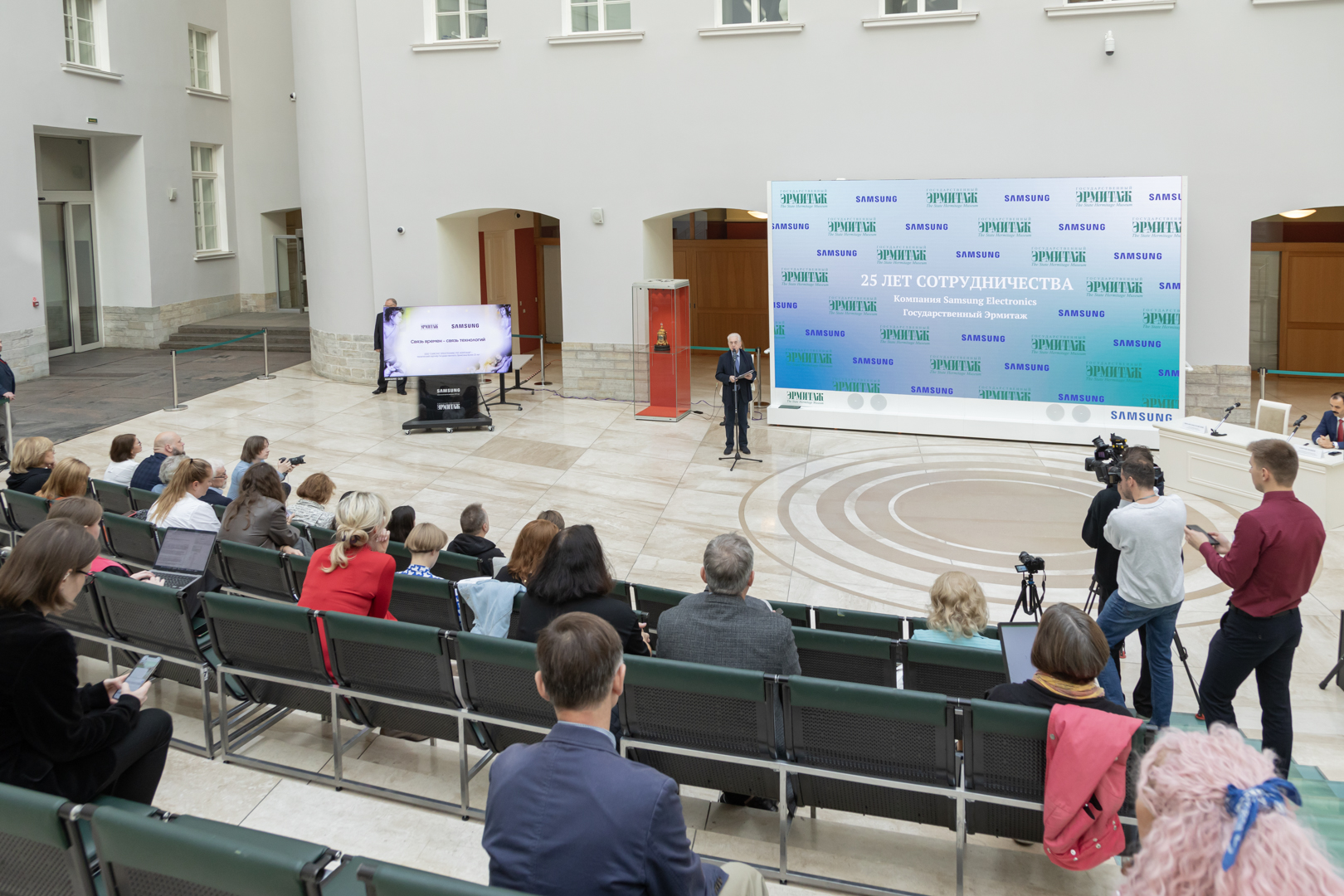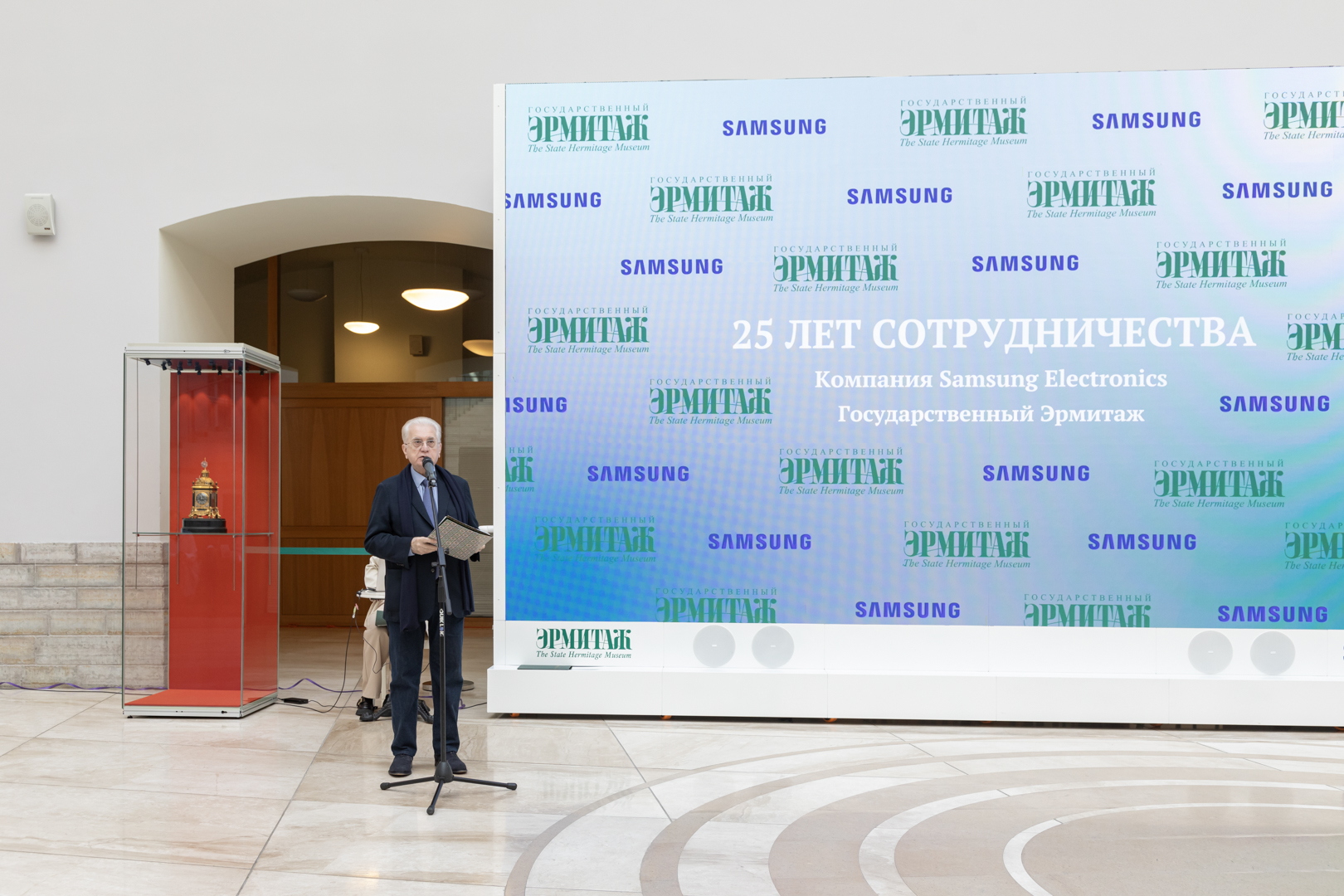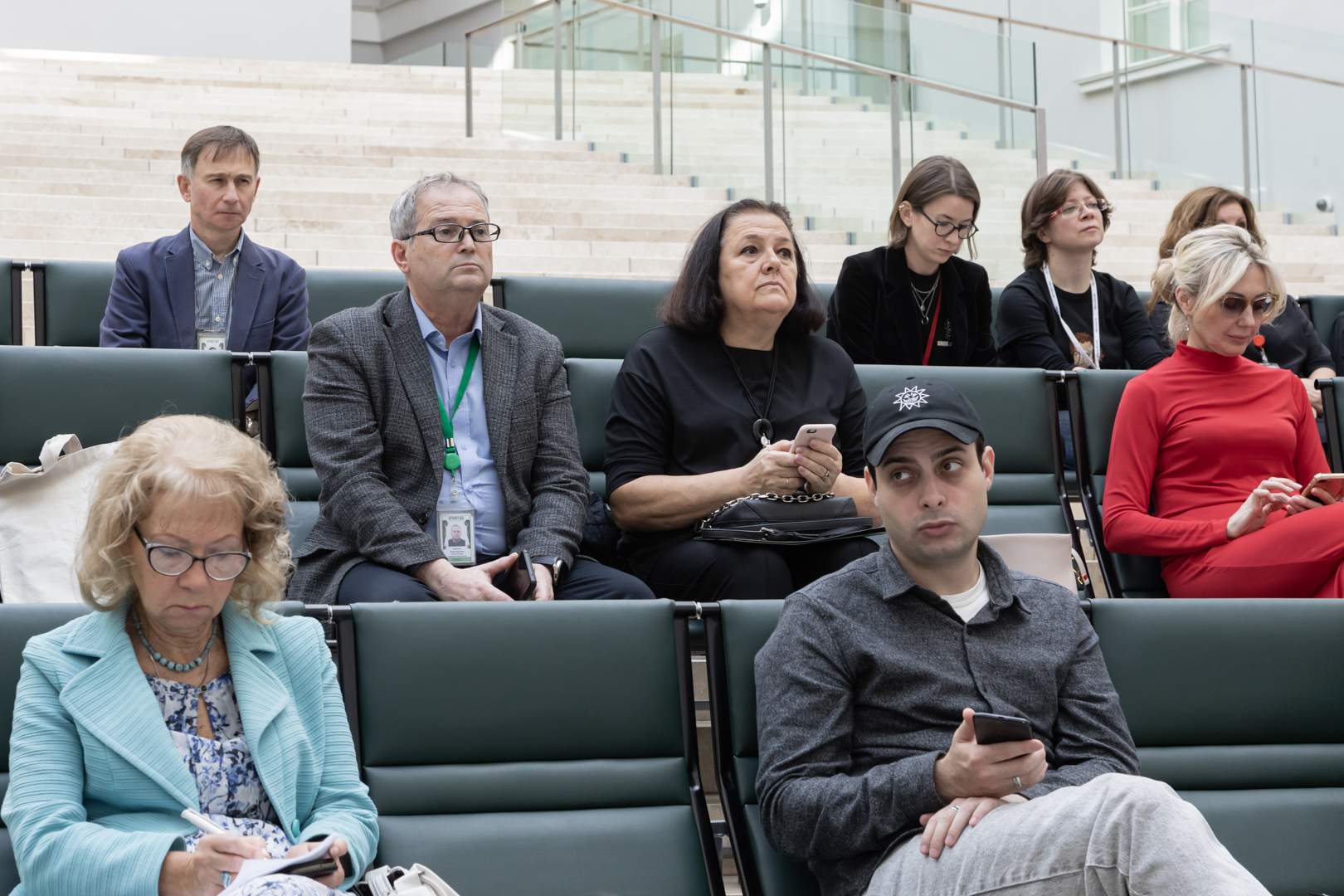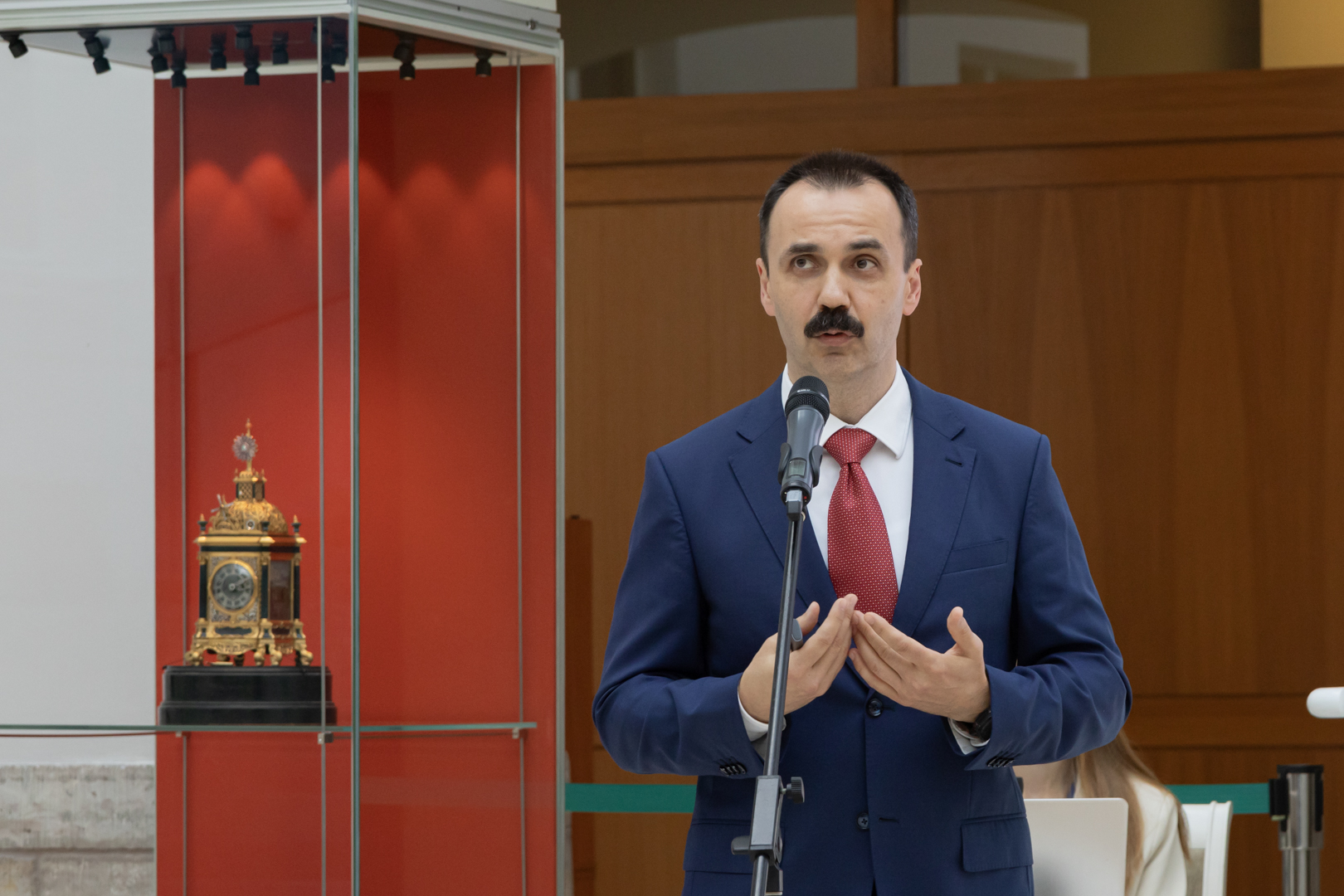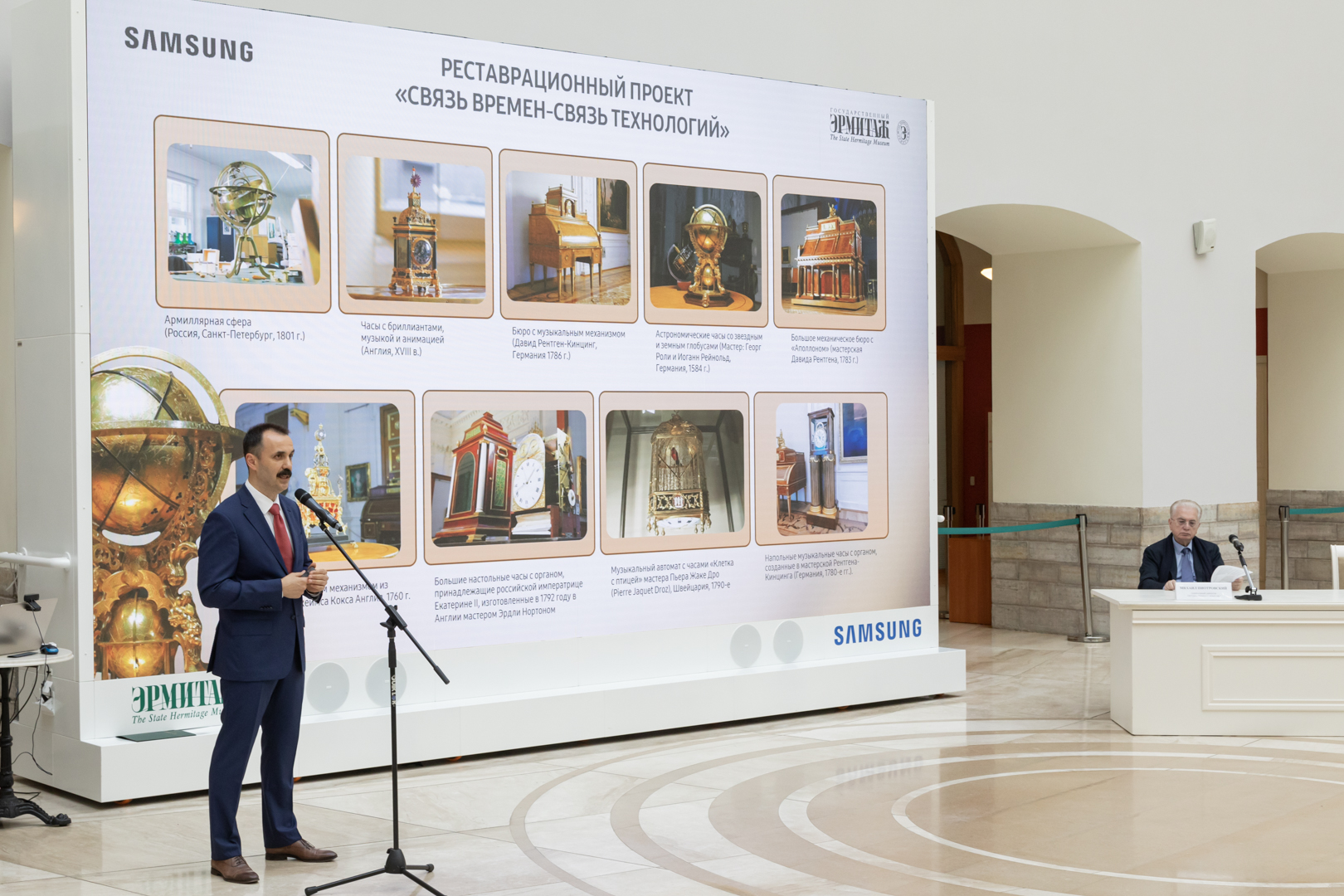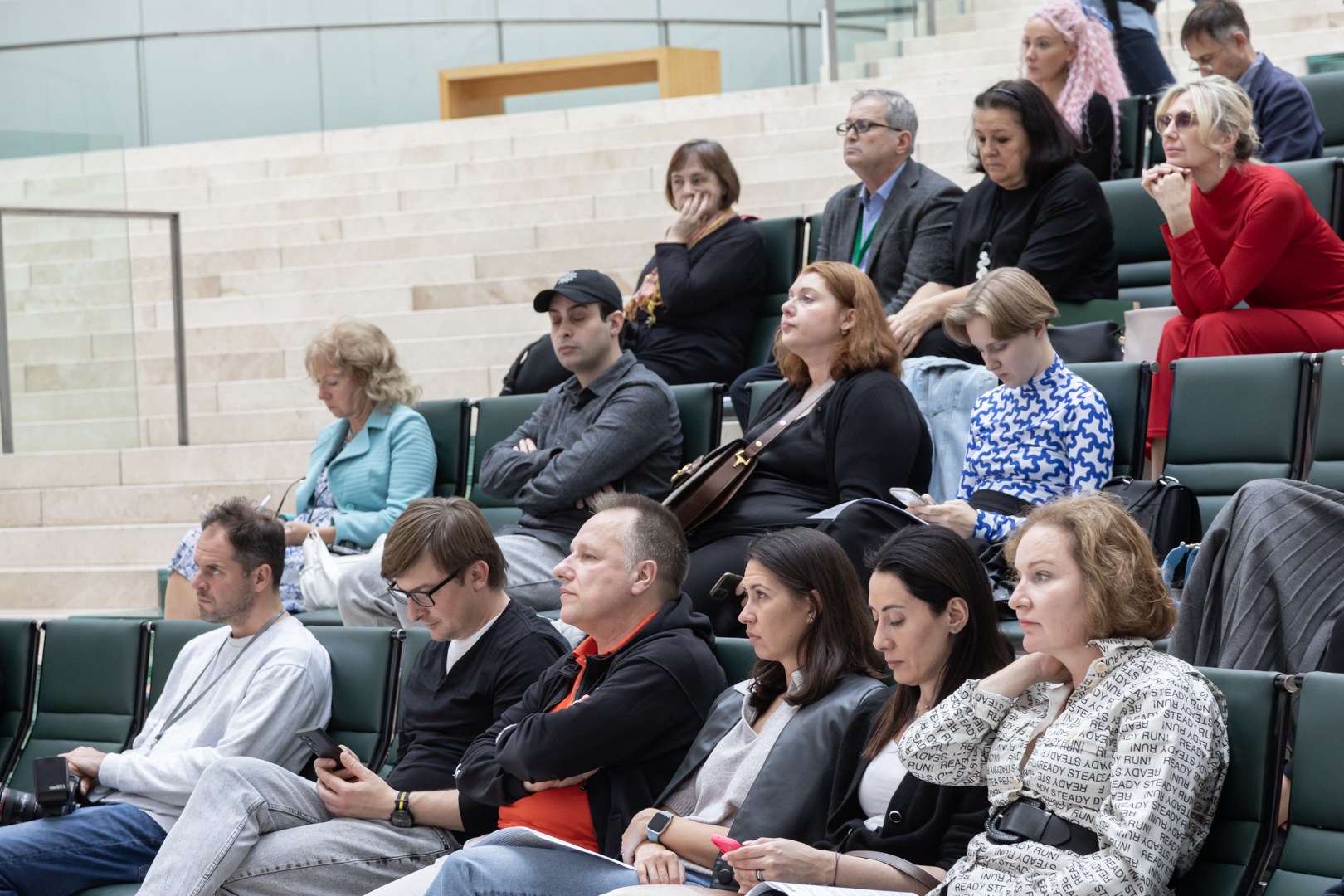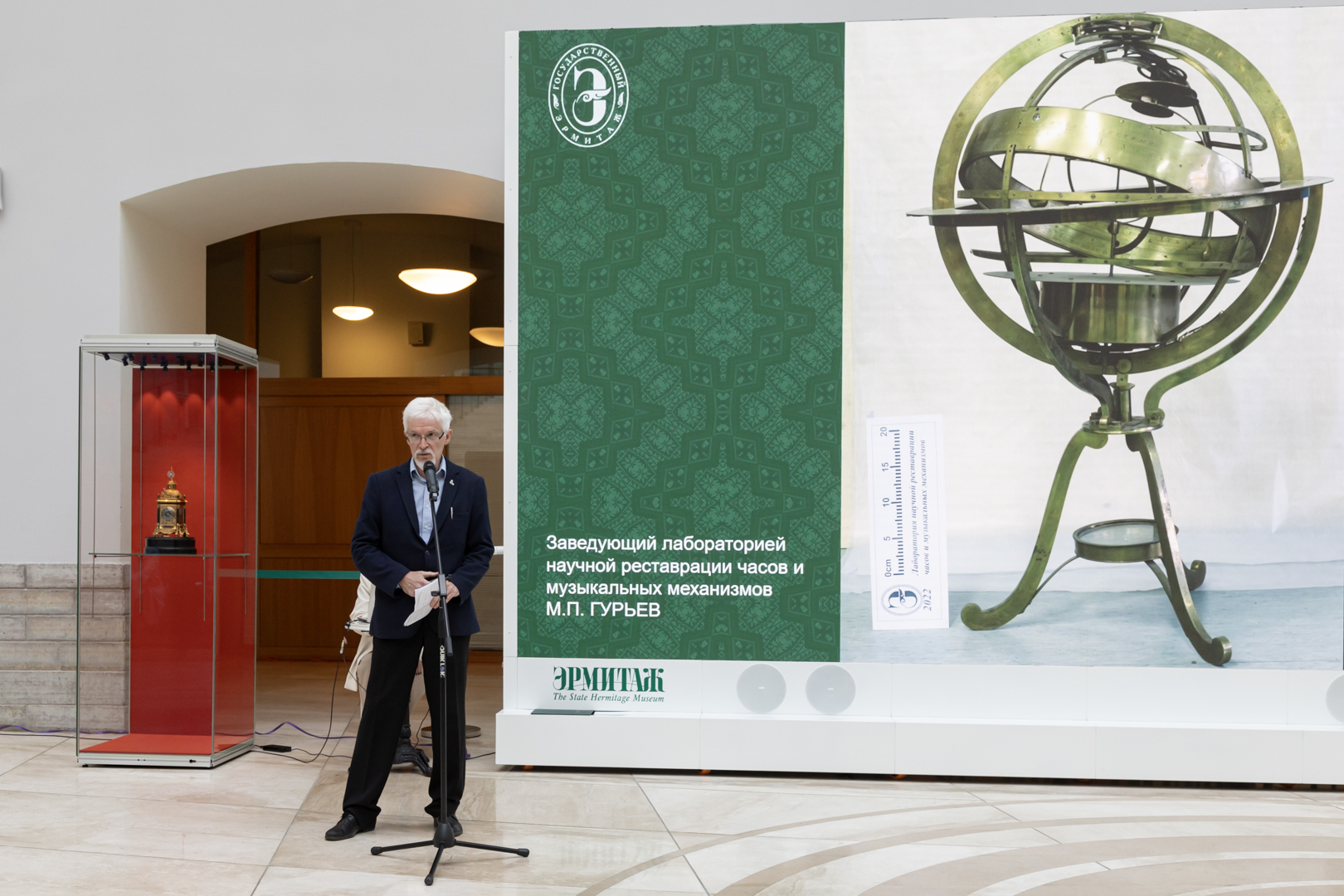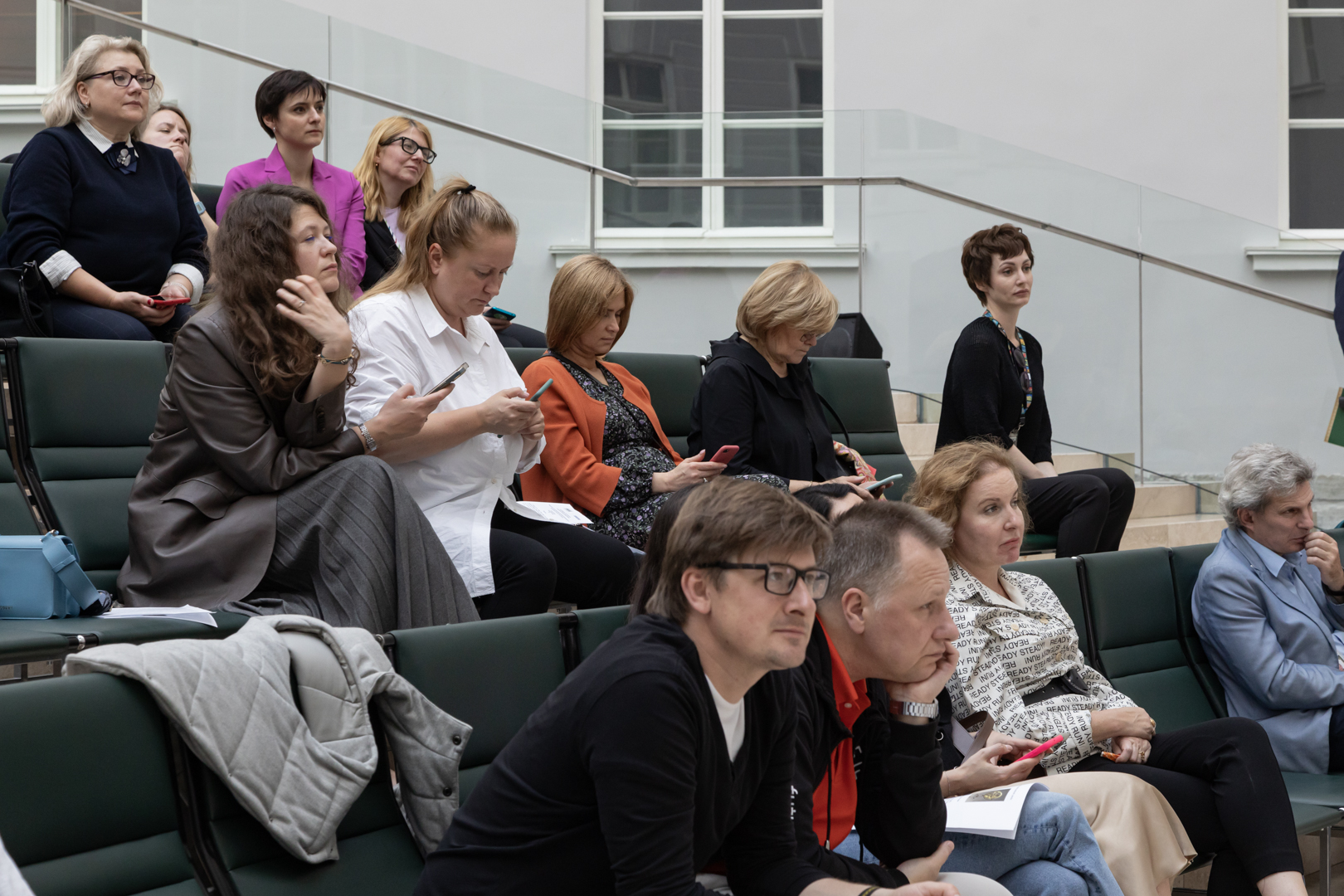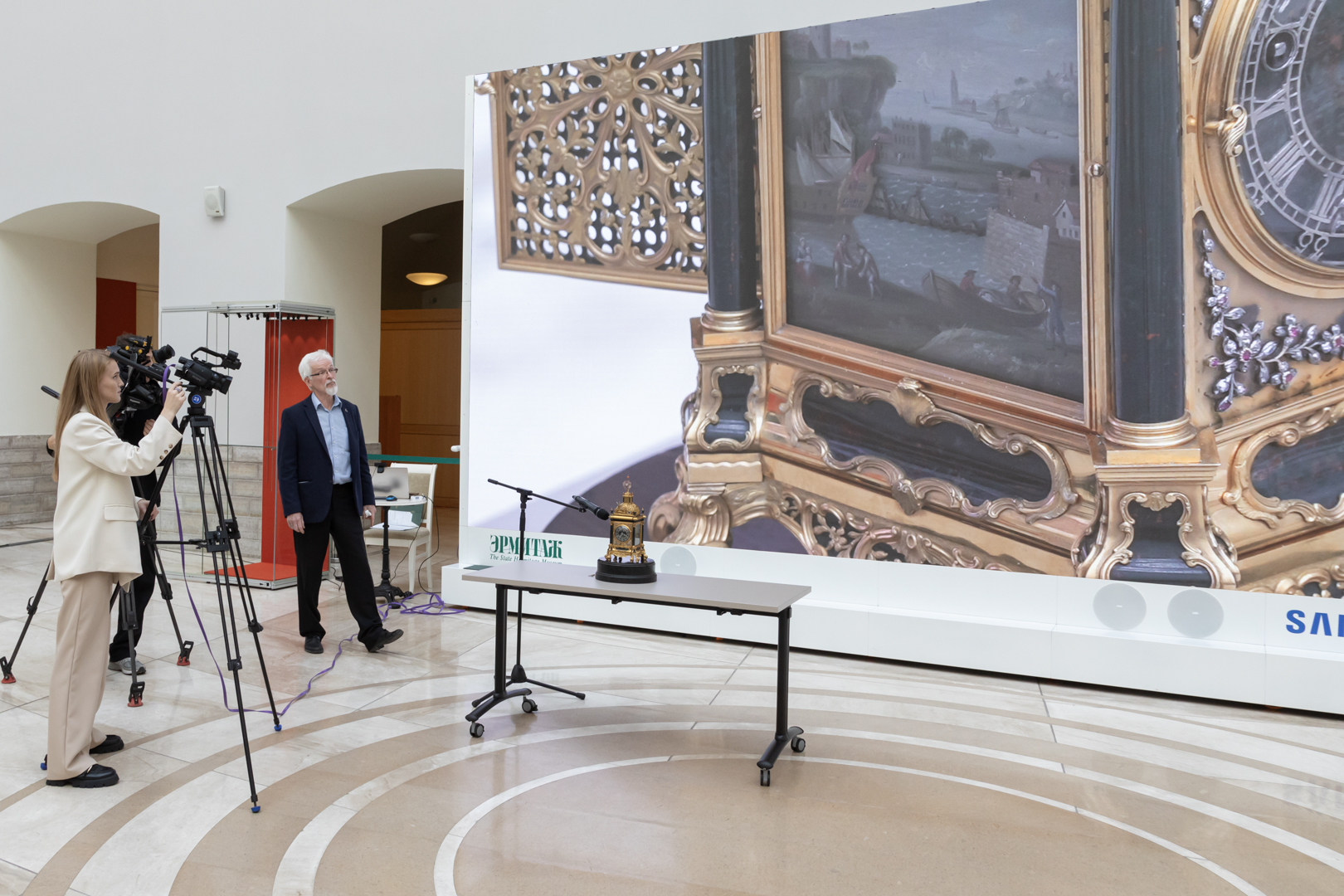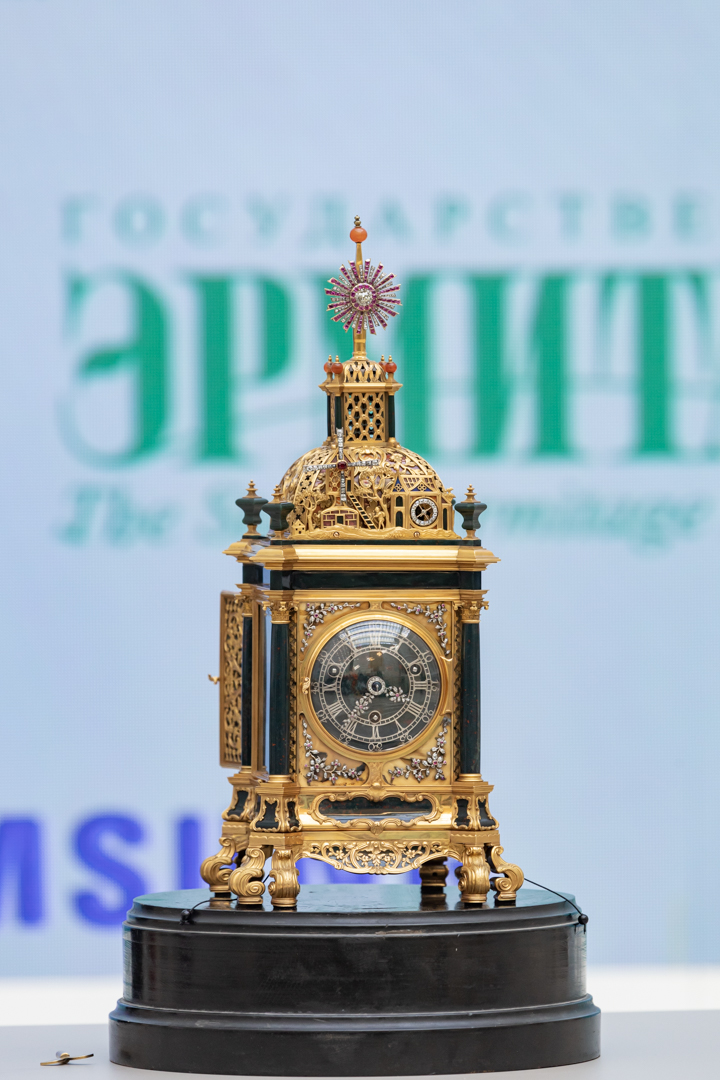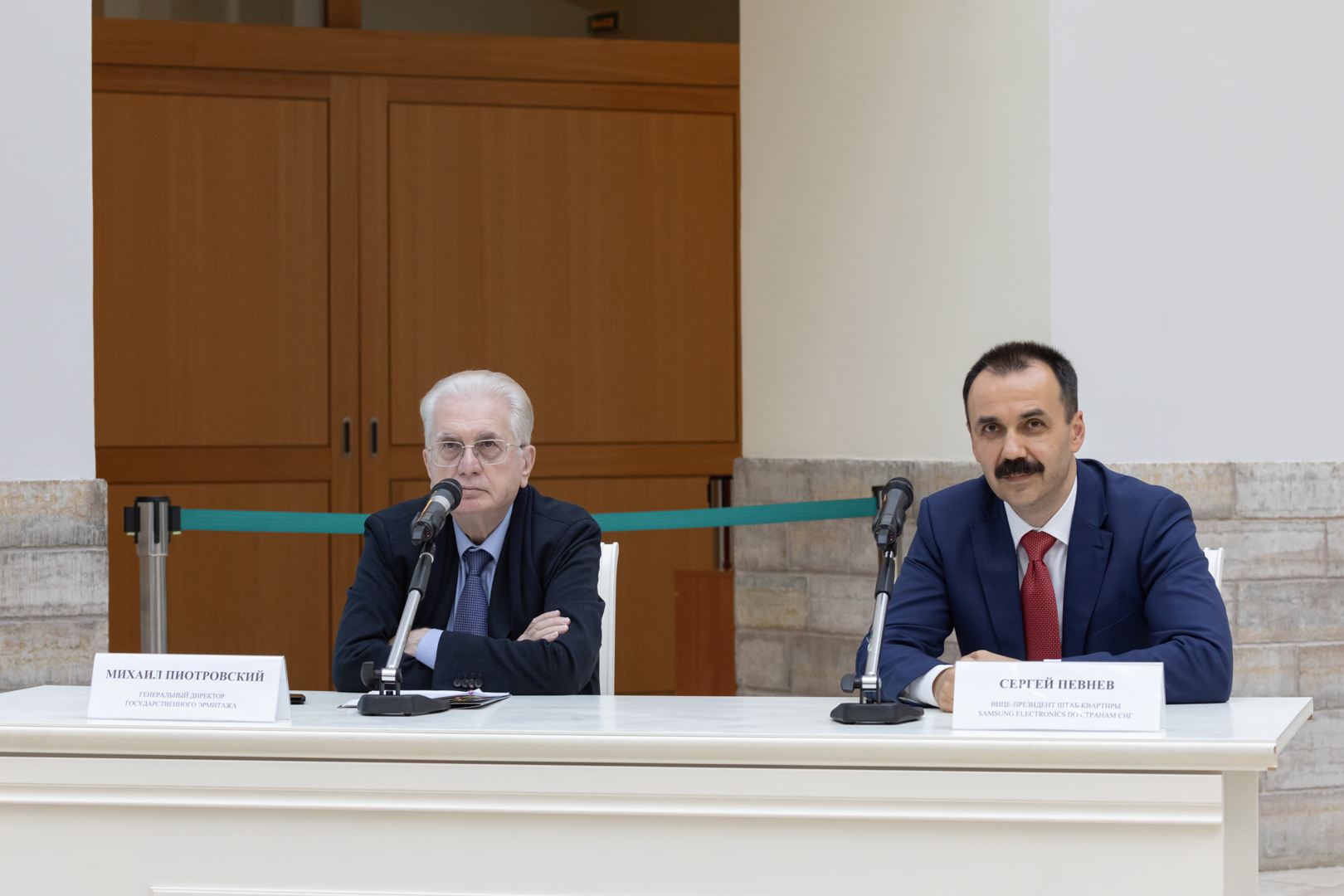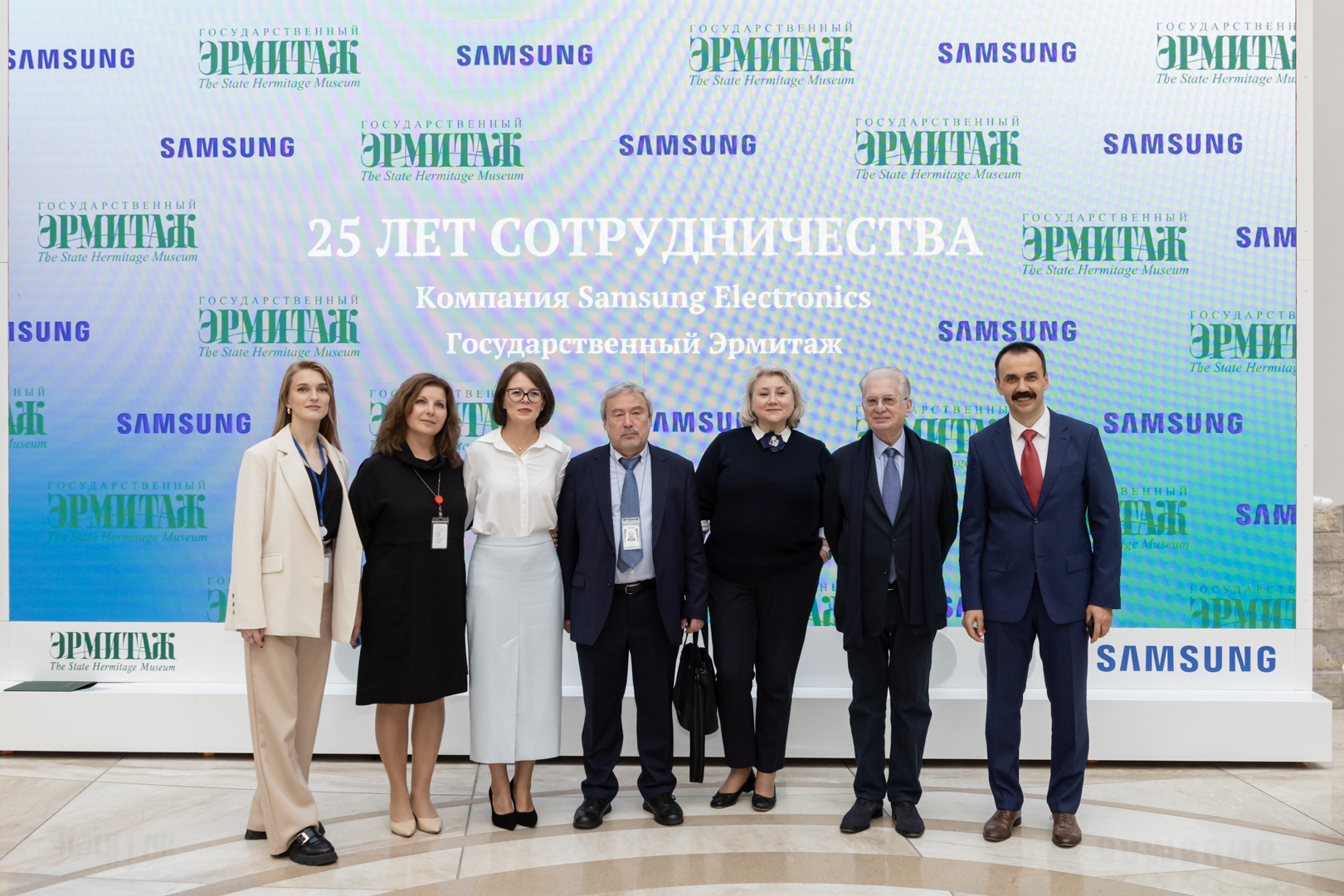The State Hermitage and Samsung Electronics celebrated 25 years of collaboration
“Today we are telling about and recalling the 25-year collaboration between the State Hermitage and Samsung Electronics. It is very important that it is continuing and we do have new projects. The 25 years have passed very quickly and have been filled with a great many events. The result is an enormous contribution to the technological advancement of the Hermitage. Samsung and the Hermitage’s joint efforts are a superb example of stable, calm and intelligent collaboration. It is concentrated in two areas that are of fundamental importance for the mission of both industries – the sophisticated technologies of past and present, and modern-day technologies in the service of the visitor. In the Hermitage’s halls and texts, the name Samsung can be found very frequently,” Mikhail Piotrovsky, General Director of the State Hermitage, said on opening the meeting.
“From past experience we know that culture and technologies go hand in hand, supplementing and enriching one another. For a quarter of a century already, that very idea lies at the bottom of the partnership between Samsung and the Hermitage. We are proud of our collaboration with one of the world’s greatest museums. For Samsung it is a great honour to be supporting the restoration programme for unique works of engineering thought from the past. Nine masterpieces have already been brought back to life – timepieces produced by outstanding Russian and European makers – and restoration of a tenth has begun. We hope that this productive partnership of a technology company and a museum will continue for many years to come,” Sergei Pevnev, Vice-President of Samsung Electronics HQ for the CIS, stated.
The partnership between Samsung and the State Hermitage began in 1997 with the implementation of a programme for technical equipment in the Main Vestibule of the Winter Palace. For more than 25 years, as part of joint work aimed at introducing innovative technologies in the museum, a programme of technical support for its research and educational activities has been implemented. Since 2007, the “Linking Times – Linking Technologies” programme, directed towards the restoration of unique mechanisms from the past, has been in operation.
In continuation of its collaboration with Samsung, the Hermitage became the the first museum in Russia to have images of works from its collection included in the range of the virtual Art Store for The Frame interior-design televisions. Thanks to ultra-precise screens providing as realistic an image as possible, as well as the unique interior-complementing design of The Frame televisions, owners have the opportunity to enjoy works by world-famous artists and photographers in UHD quality every day in their personal home collections.
Under its technical support and regular updating of equipment, Samsung Electronics has supplied the museum with Samsung professional panels, flip charts, Samsung monitors, The Frame televisions for the rest zone in the Rastrelli Gallery, where video content is demonstrated in Ultra-HD (4K) quality. In the Pavilion Hall of the Small Hermitage, an LFD panel has been installed, allowing visitors to view a film about the working of the Peacock Clock. Within the arch of the Main Gate of the Winter Palace, the security module was equipped with Samsung TV panels. The museum has also received a QLED 8K television with a Quantum processor that uses artificial intelligence to improve the quality of the original image depending on the lighting in the room.
The “Linking Times – Linking Technologies” programme, directed towards the restoration of technological masterpieces that reflect the level of achievement of their time, is a very important component of the collaboration between the State Hermitage and Samsung Electronics. As of today, far nine gems of technological and engineering thought from the Hermitage stocks have been restored with the support of Samsung Electronics.
During the celebration, Samsung announced a fresh, tenth, restoration project under the “Linking Times – Linking Technologies” programme – a clock made in the shape of an egg by the craftspeople of Carl Fabergé’s firm in Saint Petersburg in 1902. The timepiece incorporates a musical mechanism concealed beneath a rosette that opens at the top of the device. Its design includes a mechanical cockerel covered with golden enamel and spangled with diamonds. It appeared every hour on the hour, flapped its wings and bowed its head, “singing” for 15 seconds. From the moment it came into the Hermitage collection in 2014, the clock was displayed in the Carl Fabergé Memorial Halls in the General Staff building, as well as participating in a number of exhibitions. The planned restoration will give this unique timepiece back its inimitable sound. The work will be carried out by the artist-restorers of the State Hermitage’s Laboratory for the Scientific Restoration of Timepieces and Musical Mechanisms.
The participants and guests of the event were shown a restored table clock with diamonds, music and animated elements that was made in England for the Chinese imperial court in the first half of the 18th century. It stands out for its luxurious appearance and the number of entertaining functions packed into it. In contrast to the majority of similar clocks and automata produced for the Chinese market at that time, the makers did not use glass rhinestones and gilded bronze, but real precious stones and gold. The musical mechanism performs a choice of six different dance tunes on 11 little bells. In the upper part of the front side, the sails of a windmill turn on the left and the wheel of a watermill on the right, both made of diamonds with a large ruby in the centre. Further up again, on a finial, a sun made from rubies and diamonds, with a large brilliant-cut diamond in the centre, begins to turn. On the right-hand panel of the housing, a procession of people and animals is on the move, while on the left there is a procession of boats and sailing vessels. Mikhail Guryev, the head of the Laboratory for the Scientific Restoration of Timepieces and Musical Mechanisms, spoke about this restoration project.
